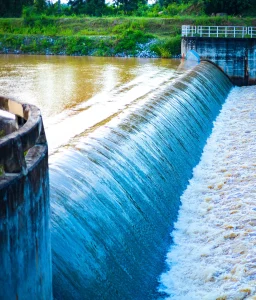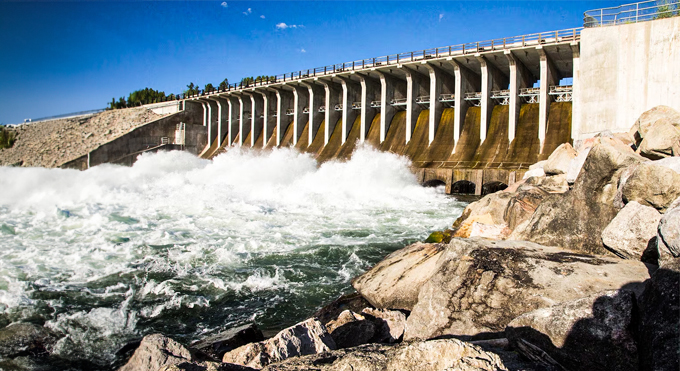The International Hydropower Association recently released its 2024 World Hydropower Outlook report and it reveals a compelling contradiction: while hydropower supplies 40% of Sub-Saharan Africa’s electricity, a staggering 90% of its potential remains untapped.
This untapped potential presents both a challenge and a golden opportunity for expanding Africa’s energy infrastructure to meet growing demand and achieve climate goals.
In 2023, Africa saw an addition of 2GW to its hydropower capacity, bringing the total to 42GW. However, this pace is insufficient to meet the continent’s overall energy goals.
The slow development of hydropower projects is often due to persistent regulatory and market issues, which create a backlog of approved projects that have yet to commence construction.
These delays, exacerbated by the risk of cancellation, (as with the Batoka Gorge project) hinder progress towards decarbonisation.

Despite these obstacles, private investment plays a crucial role in advancing hydropower projects across Africa.
Independent Power Producers (IPPs) are increasingly injecting capital and expertise into the sector, as evidenced by projects like the 40 MW Dadin Kowa Hydropower Project in Nigeria’s Gombe State and the Zungeru project, which features four 175MW Francis turbines commissioned by GE Vernova.
Significant progress has been made in several African countries Tanzania’s 2,115 MW Julius Nyerere Hydropower Project (JNHPP) which is set to double the country’s power output upon completion, is one such project which exemplifies the potential for large-scale hydropower projects.
In Uganda, the 600MW Karuma hydropower plant financed largely by China, was synchronised with the national grid in 2023, emphasising China’s pivotal role in Africa’s hydropower sector. Similarly, Zambia’s Kafue Gorge Lower hydro power plant, a $2 billion project, has been fully commissioned, increasing the country’s energy capacity.
Regional cooperation is enhancing resource utilisation through power pools and shared grids. Angola, for instance, plans to connect with Namibia via the 600MW Baynes Dam project, while also considering a northern connection with the Democratic Republic of the Congo via the Inga Dam. These collaborations highlight the mutual benefits and economic integration derived from regional energy projects.
Moreover, Angola’s hydropower strategy includes the fully operational 2,070MW Laúca hydropower station and the ambitious 2,172MW Caculo-Cabaca hydropower station, developed in partnership with China.
Despite the promising developments, the African hydropower sector faces numerous barriers.
Regulatory challenges, insufficient enforcement capacity, and state-owned utilities’ revenue collection issues impede private sector participation and investment.
Additionally, off-taker creditworthiness, limited access to finance and currency volatility further hinder infrastructure development.
Climate change exacerbates these challenges by increasing the frequency and severity of extreme weather events, necessitating the incorporation of climate adaptation measures into energy planning.
The African Development Bank (AfDB) and the International Hydropower Association (IHA) are addressing these issues through initiatives like the Africa Hydropower Modernisation Programme.
This program identifies hydropower facilities in urgent need of modernisation, aiming to secure reliable, efficient, and safe electricity generation.

An estimated $2.1 billion investment is required to upgrade these facilities and AfDB is leading efforts to refurbish 12 plants with a $1 billion investment.
By first addressing regulatory and market challenges, Africa can definitely unlock its hydropower potential and that will soon draw the continent closer to meeting its energy goals.
Text: Farai Chaka

